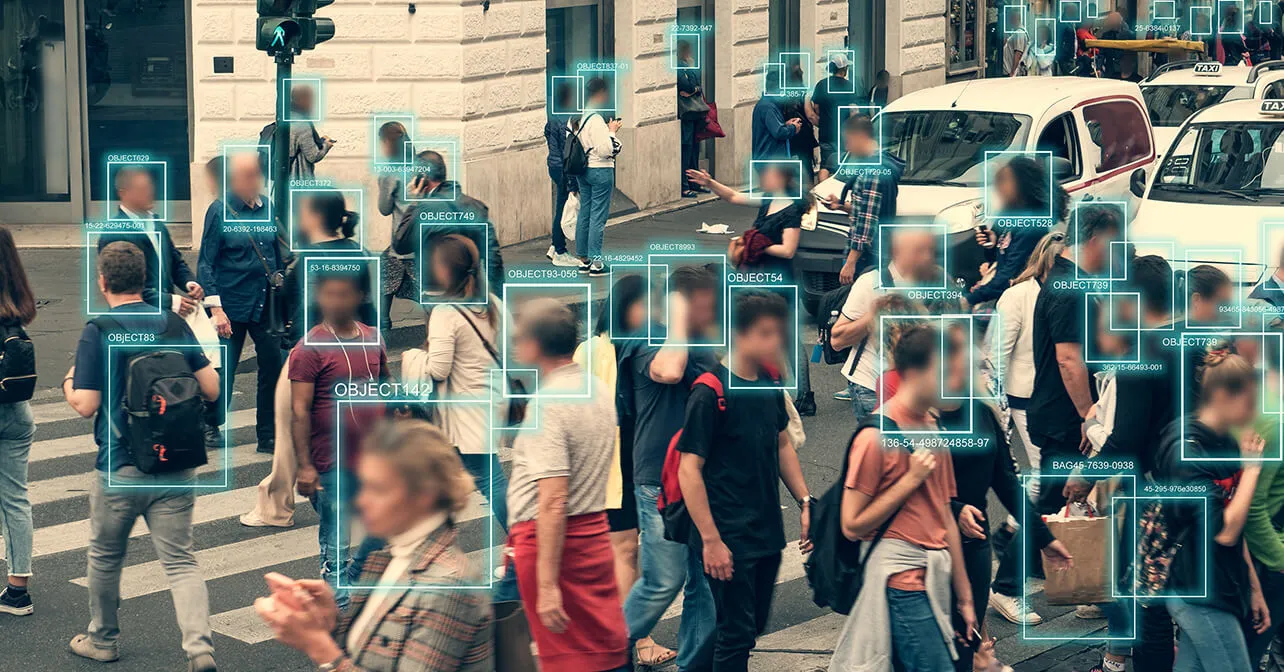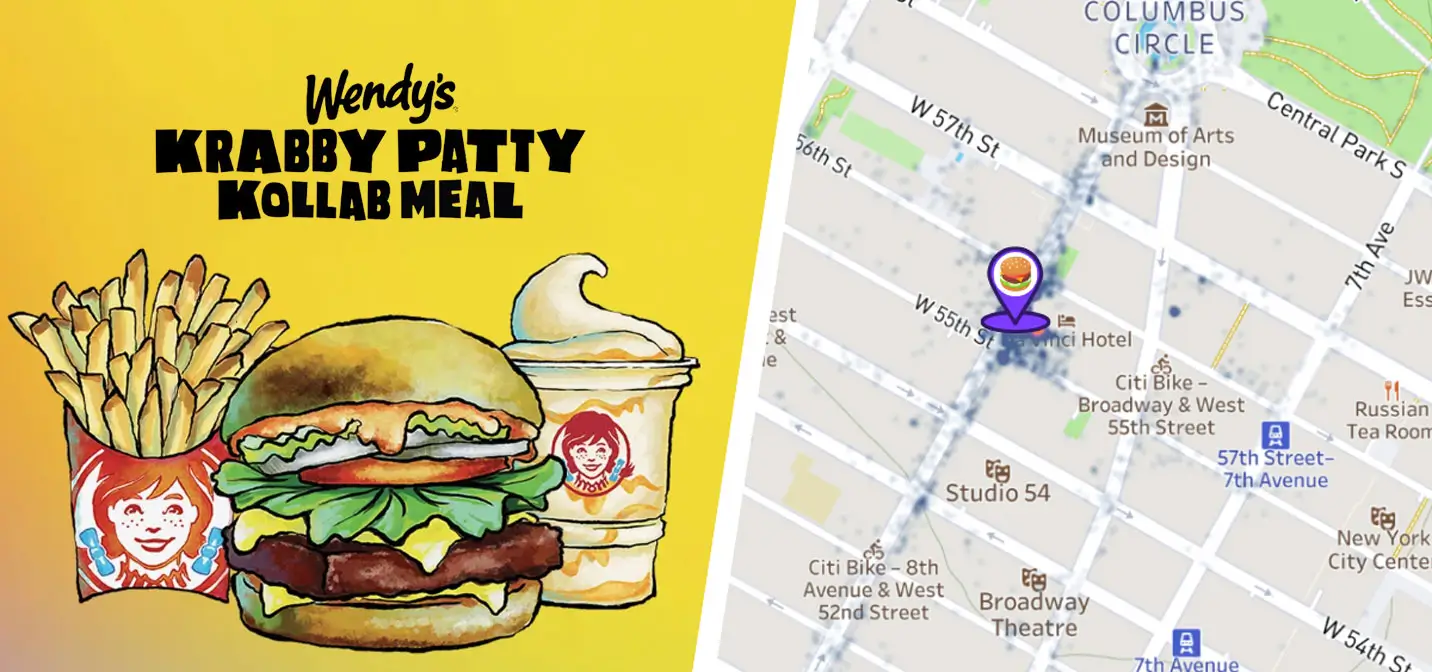It’s time enterprises and businesses rethink their data and Identity Resolution strategy as the world continues to witness rapid changes in technology and consumer behavior. 2023 alone has seen pivotal changes in privacy regulations, the continued ascent of generative AI, and the rapidly-changing behavior of consumers. The pandemic was the single biggest disruptor of consumer behavior, as consumers adapted to a changed world where everything from groceries to medicines had to be bought online. Some of these changes were transient and temporary, but some things have truly changed for good.
All these factors and more mean consumer identity once again has to take center stage and enterprises and businesses will have to reevaluate their approach to identity resolution. Here are 5 important factors that businesses need to consider to be prepared for the future:
The Omnichannel Experience
Consumers today switch easily between online and offline, and the customer journey is now stretched across multiple channels. To meet their consumers where they are, enterprises will have to focus on their omnichannel approach and offer a seamless experience across the various consumer touchpoints. To accomplish this effectively, identity resolution must be used to connect the various disparate data points, uncover patterns and get a full picture of the customer’s journey.
Invest in Your Data
In the past year, we have witnessed the explosive rise of generative AI, and this has further emphasized the importance of good quality proprietary data. Businesses that choose to invest in strengthening and improving the quality of their consumer data will win the game and uncover value that goes beyond marketing or operational intelligence. To truly unlock value from identity resolution, business leaders can use it to enhance their existing customer base by using the identity graph to obtain pieces of the consumer identity puzzle that they do not have. For example, an online-only retailer might not know where a customer shops in the real world and enriching their customer data with real-world attributes could help them better understand their real-world behavior.
The Privacy Imperative
Businesses in the data space have to ensure privacy is at the forefront of everything they do. By following privacy-centric practices such as data anonymization and secure data-sharing protocols, businesses can build trustworthy relationships with their customers. In the context of identity resolution, solution providers have to ensure privacy-safe practices are followed such as ensuring ID matching occurs only in neutral environments. But the ideal would be for privacy solutions that allow for matching in a privacy-safe manner and also run queries and workflows during the process to derive value, achieving two goals at the same time.
Need for Persistent Identifiers
Ethical and Effective Data Partnerships
It is crucial for businesses to ensure they choose the right data partners or solution providers and prioritize both ethical data practices as deriving the maximum value. Apart from ensuring that data partners are privacy compliant, the effectiveness of the identity resolution solution must also be taken into consideration. A few factors to keep in mind before collaborating are:
Speed:
High Match Rate:
Future-Proof:
Beyond the factors discussed above, the need is for a more strategic approach to identity resolution and its benefits. Currently, it is used to achieve short term or one-time objectives like curating audience segments and measuring attribution for advertising campaigns. While this is important, it is a transactional process and does not add cumulative value. Instead, identity resolution can and should be used to inform strategy and create competitive advantages.
To win in a challenging environment, business leaders must use identity resolution to retain and increase the lifetime value of existing customers as well as inform their marketing strategy and customer acquisition strategy.
Learn how Azira’s identity resolution and customer data enrichment solution can help you transform your first-party data. Sign up for a demo now!
How to rethink your media mix
First off, what is a media mix? Advertisers are constantly trying to optimize their campaign strategies, as well as their budgets. A media mix means harnessing a combination of different advertising channels for an ad campaign. This means prioritizing different media based on the return of investment.
Because of the restrictions on the use of printed flyers and the ever-evolving nature of technology, retailers and distributors are gradually being forced to rethink their communication strategies. This is particularly true given that today people are online more than ever and the internet is such a pivotal part of consumers’ daily lives.
Hybrid communication
What is the best strategy? The solution is to customize a media mix, by using a hybrid communication strategy including digital flyers and digital advertising. This provides the best of both worlds.
- Digital flyers are cheaper and reduce waste (the perfect communication advantage for a CSR strategy).
- Digital advertising means you can target specific profiles using analytics tools which track performance, which in turn allows you to optimize costs.
For retailers that still prefer the flyer format, online alternatives are available which allow them to effectively share a digital flyer and replicate the printed flyer experience by featuring a wide range of products. Advertising agencies such as Azira can create a digital version of a paper flyer.
Some retailers already offer fully digital flyers on their websites. Many state in their corporate social responsibility roadmap that they are aiming to reduce the social and environmental impact of their activities. For some, e-commerce developments have meant that they can have a catalog that is 100% online.
Finding your media mix
There is no perfect media mix. As we already mentioned, the choice of media used in a communication strategy depends on several factors, each of which is specific to the brand. A media mix will be different for every brand, depending on consumer habits of the target audience, the advertiser’s budget, return on investment and other factors.
Individual retailers can develop a strategy to suit their specific needs and objectives, whether national or local. Depending on this, some brands will adopt a specific strategy using online and/or offline levers.
What are the advantages of online advertising over paper?
With technological developments and evolving consumer behavior, marketers are including more digital activities in their media strategy. This is particularly true following the “Oui Pub” program, where it makes sense to use digital tactics to respond to environmental and financial challenges.
Optimizing print format for online
Digital flyers have their benefits, both for consumers as well as advertisers. Extra functionalities can improve the catalog experience. For example, interactive features can be added to advertising materials.
Retailers can use video to help get the message across and clarify what they are offering. This will increase conversion rate in the long run. The same applies for using links. An online version of a flyer can also link directly to products and guide the customer towards a potential purchase.
For redirect links, we recommend integrating CTAs (Calls to Action) which send the user to a navigation app that directs them to the nearest point of sale. Buttons with CTAs such as “Let’s go” or “Get offer” can lead them to the store. This type of functionality strengthens consumer engagement and also increases conversion rates.
Finally, digital format allows retailers to include more products without using more paper. You can include a wide range of products, to demonstrate to customers the extent of your range and how you can respond to their potential needs.
Expanding your catchment area
The catchment area represents the perimeter from which the customers of a sales outlet would theoretically come. A catchment area would traditionally look at where consumers live, without taking into account where they, or people close to the area, travel (e.g., professionals commuting to work).
Direct mail, as we know it today, focuses on a fixed catchment area, focusing on where the potential customer lives. This concept is traditionally rooted in the distribution methods of a store manager, but can be complemented by analyzing online and offline behavior.
By combining online and offline data we are able to take into account more information to offer communication that is more personal to the consumer. Therefore, having geographical data (such as place of work or places they usually frequent), allows you to map consumer travel. This will shake up and reinvigorate your catchment area, which was previously focused only on where people lived.
The time and financial resources spent on mass mailing, based on a traditional catchment area, would be better spent on the customized communication processes described above. For example, consumers would receive personalized digital flyers, referring them to the nearest store through CTAs.
Digital flyers allow you to boost and broaden your catchment area. The physical time and cost spent on mail marketing are reduced with digital flyers and targeted to the right people based on their travel habits.
Tracking performance
With mailbox flyers you are unable to accurately measure performance. After sending a flyer, it is generally difficult for an advertiser to calculate their return on investment. How many customers really visited after receiving the flyer? Did they already plan to stop by before seeing the flyer?
You don’t know your real conversion rate. Online campaigns can be measured much more accurately, especially by monitoring the click-through rate. You can also use tracking UTMs in your flyer links, so you know the exact number of people that have clicked on your products.
If you want a more accurate idea of consumer response to your flyers, you can do A/B testing. Send two different versions of your visual to your contact list. See which gets most results and tweak your flyer as appropriate.
Digital flyers allow you to analyze performance, which in turn can help you develop a retargeting strategy. Knowing which profiles have already engaged with you allows you to target them with more personalized communication, optimizing the conversion rate for future campaigns.
Finally, you can track incrementality in your offline strategy. Also known as incremental measurement, this allows you to improve your media planning and optimize where you spend money. This strategy is very similar to offline A/B testing. It involves comparing the visit rate of group A who have seen one message, with group B who have not seen the message.
By having one group see the message and another not, you can calculate the potential increase in visits generated by the message you sent out. By comparing behavior of both groups, you have a better idea of how your campaigns are performing.
Post “Oui Pub” conclusions
The opt-in program is in line with current general attitudes and environmental awareness. It does not mean it is the death knell of printed flyers. As we have seen, hybrid marketing is a potential solution that can benefit retailers in a number of ways.
You can set up more repeat and profitable campaigns, while optimizing your ability to track performance in order to offer flyers that are tailored to your customers’ needs.
Guide : Transitioning to digital circularsA



